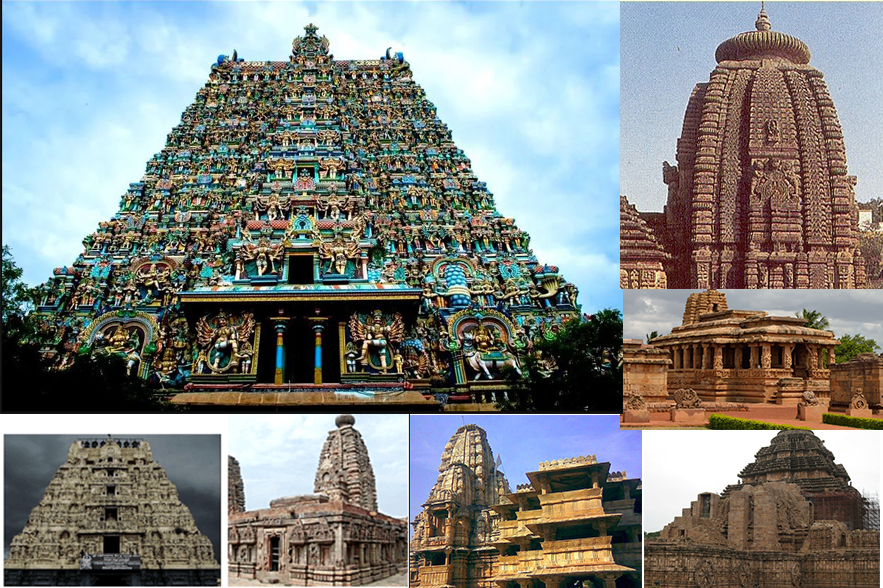love4livi.com – Asia, a continent steeped in history and culture, is home to some of the world’s most iconic architectural wonders. From ancient temples and palaces to cutting-edge skyscrapers, Asia’s architecture is a testament to its rich heritage and innovative spirit. This article explores the architectural marvels that define Asia’s landscape, showcasing the region’s journey from ancient times to the modern era.
Ancient Architectural Wonders
The Great Wall of China
One of the most famous structures in the world, the Great Wall of China stretches over 13,000 miles. Built over several dynasties to protect against invasions, it stands as a symbol of China’s historical strength and engineering prowess.
Angkor Wat, Cambodia
Angkor Wat, the largest religious monument in the world, reflects the grandeur of the Khmer Empire. Originally constructed as a Hindu temple dedicated to Vishnu, it later transformed into a Buddhist temple, showcasing intricate carvings and architectural brilliance.
The Taj Mahal, India
A masterpiece of Mughal architecture, the Taj Mahal in Agra is a symbol of love, built by Emperor Shah Jahan in memory of his wife Mumtaz Mahal. Its stunning white marble façade and intricate inlay work attract millions of visitors each year.
Kyoto’s Temples, Japan
Kyoto, the ancient capital of Japan, is home to numerous temples and shrines, including Kinkaku-ji (the Golden Pavilion) and Fushimi Inari Taisha. These sites reflect the elegance and spiritual significance of traditional Japanese architecture.
Modern Architectural Marvels
Petronas Towers, Malaysia
The Petronas Towers in Kuala Lumpur were once the tallest buildings in the world and remain an icon of modern engineering. Their sleek design and twin structure symbolize Malaysia’s growth and ambition.
Marina Bay Sands, Singapore
Marina Bay Sands is an architectural and engineering marvel, known for its unique design featuring a ship-like structure atop three towers. It has become a symbol of Singapore’s modernity and innovation.
Burj Khalifa, United Arab Emirates
Though not in Asia geographically, the Burj Khalifa in Dubai is often associated with the Middle East’s architectural landscape. As the tallest building in the world, it exemplifies modern engineering and design innovation.
Taipei 101, Taiwan
Once the world’s tallest building, Taipei 101 is renowned for its distinctive design and advanced engineering to withstand earthquakes and typhoons. It represents Taiwan’s blend of tradition and modernity.
Conclusion
Asia’s architectural marvels, from ancient temples to futuristic skyscrapers, reflect the region’s diverse cultures and historical evolution. They stand as symbols of human creativity and resilience, inspiring awe and admiration. As Asia continues to grow and innovate, its architectural landscape will undoubtedly evolve, offering new marvels for future generations to explore and appreciate.
